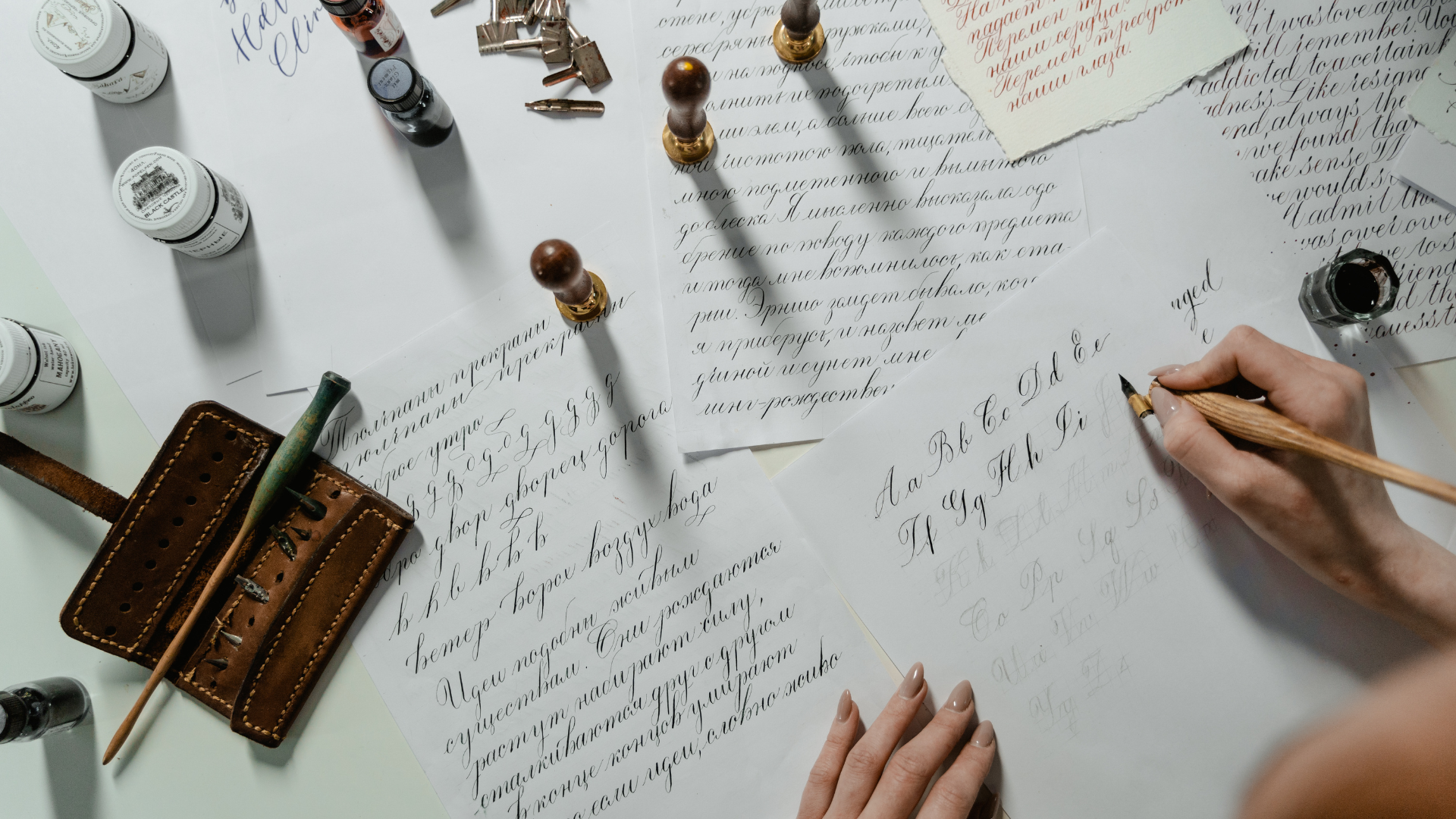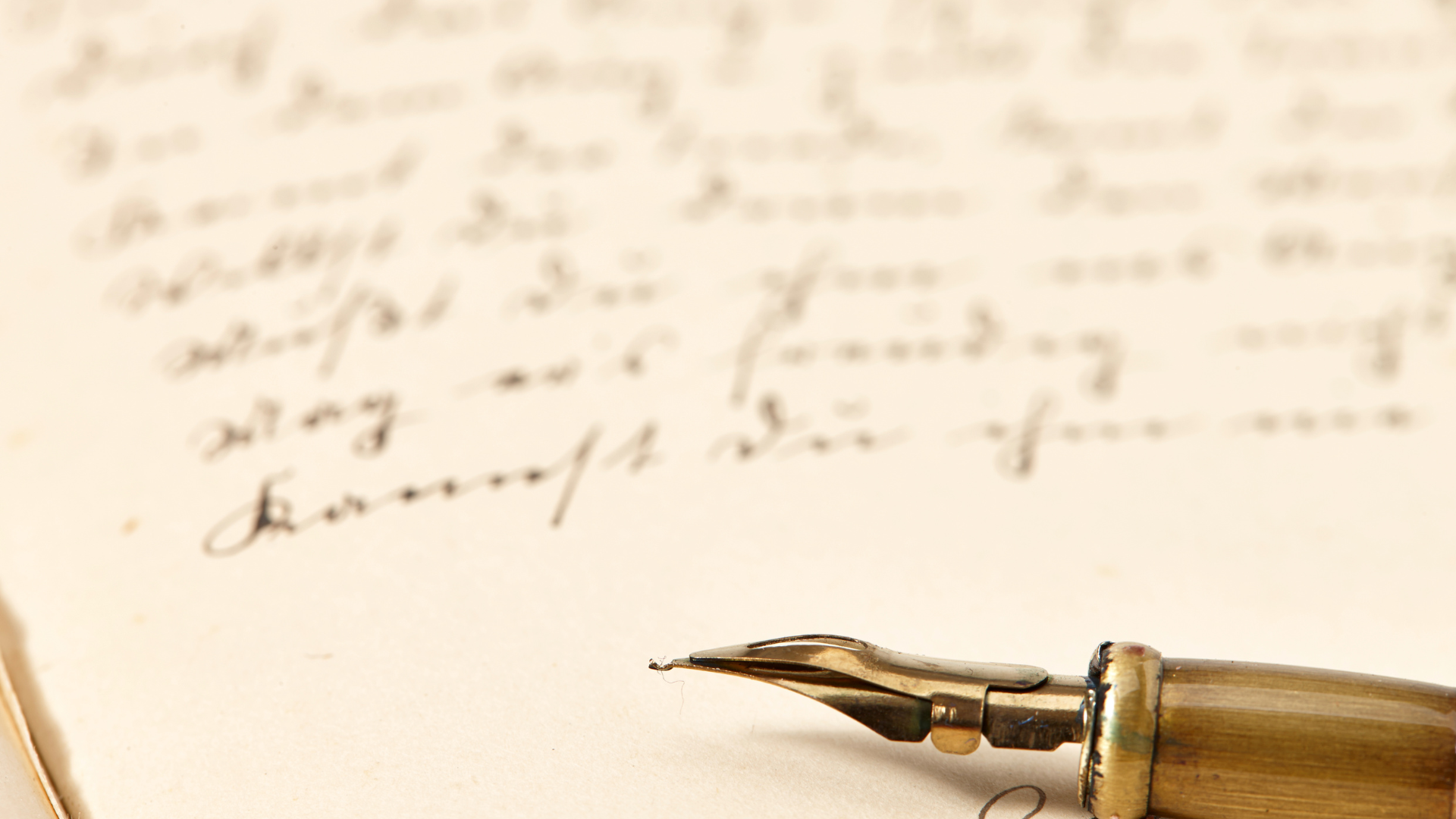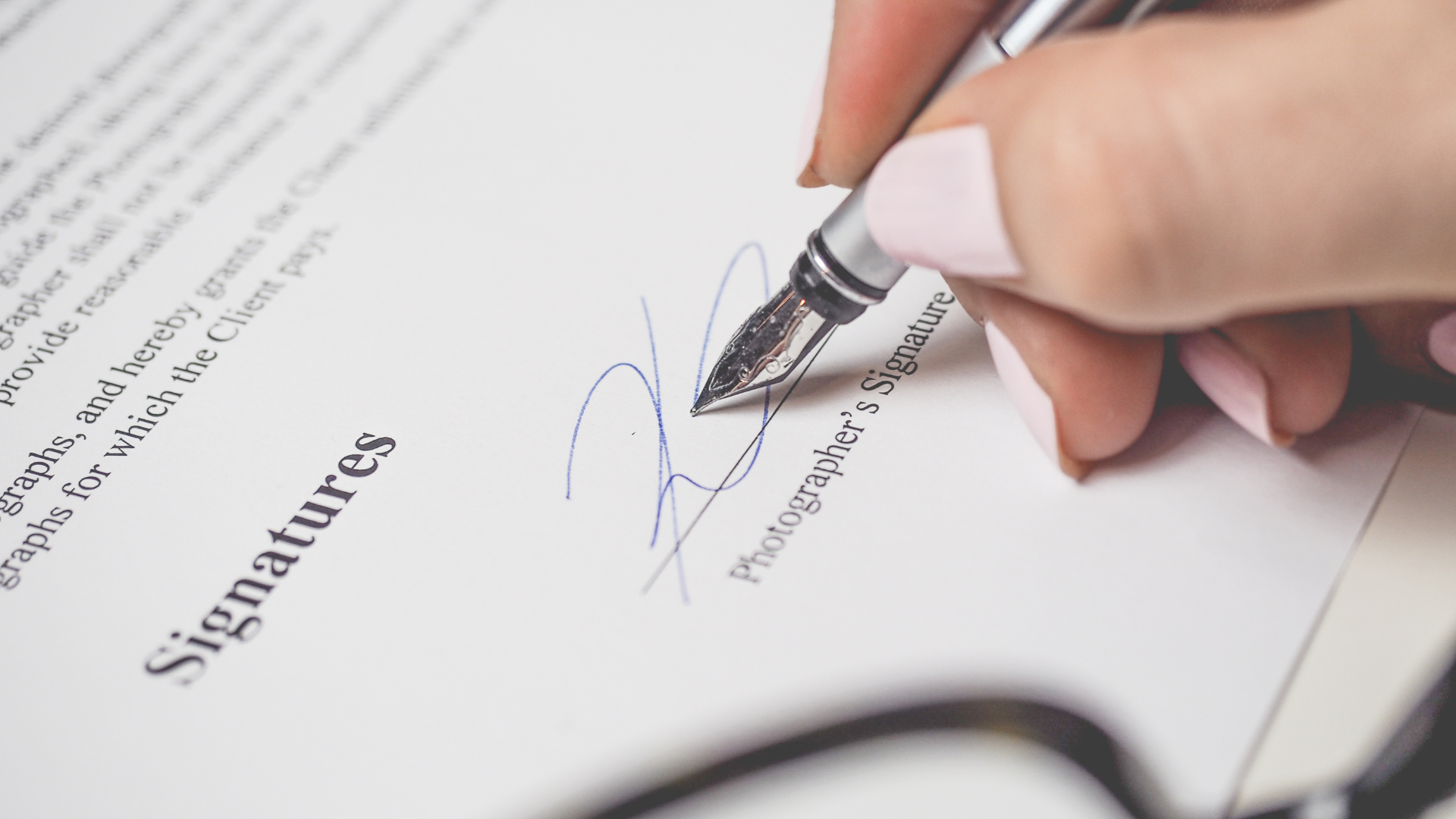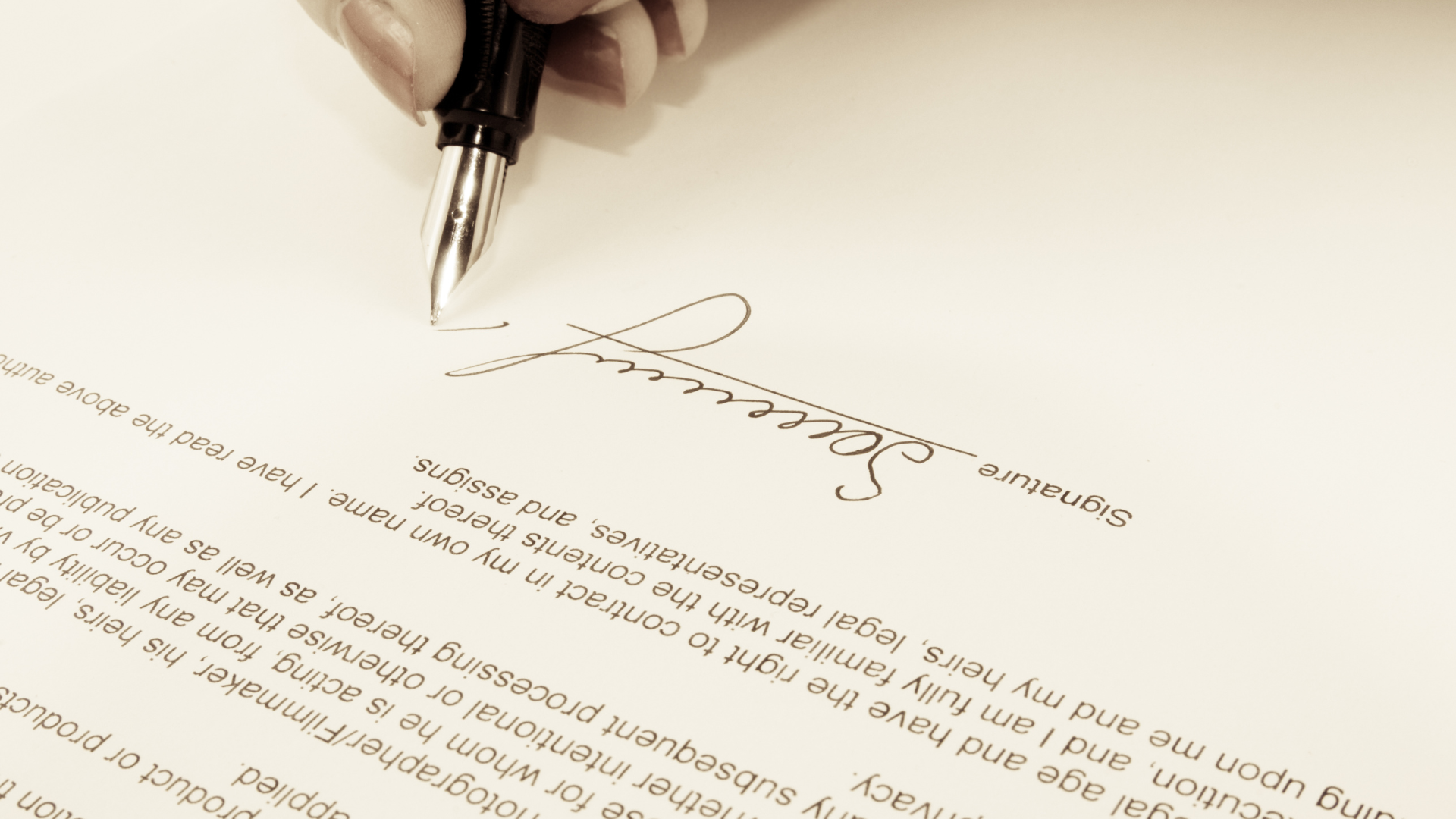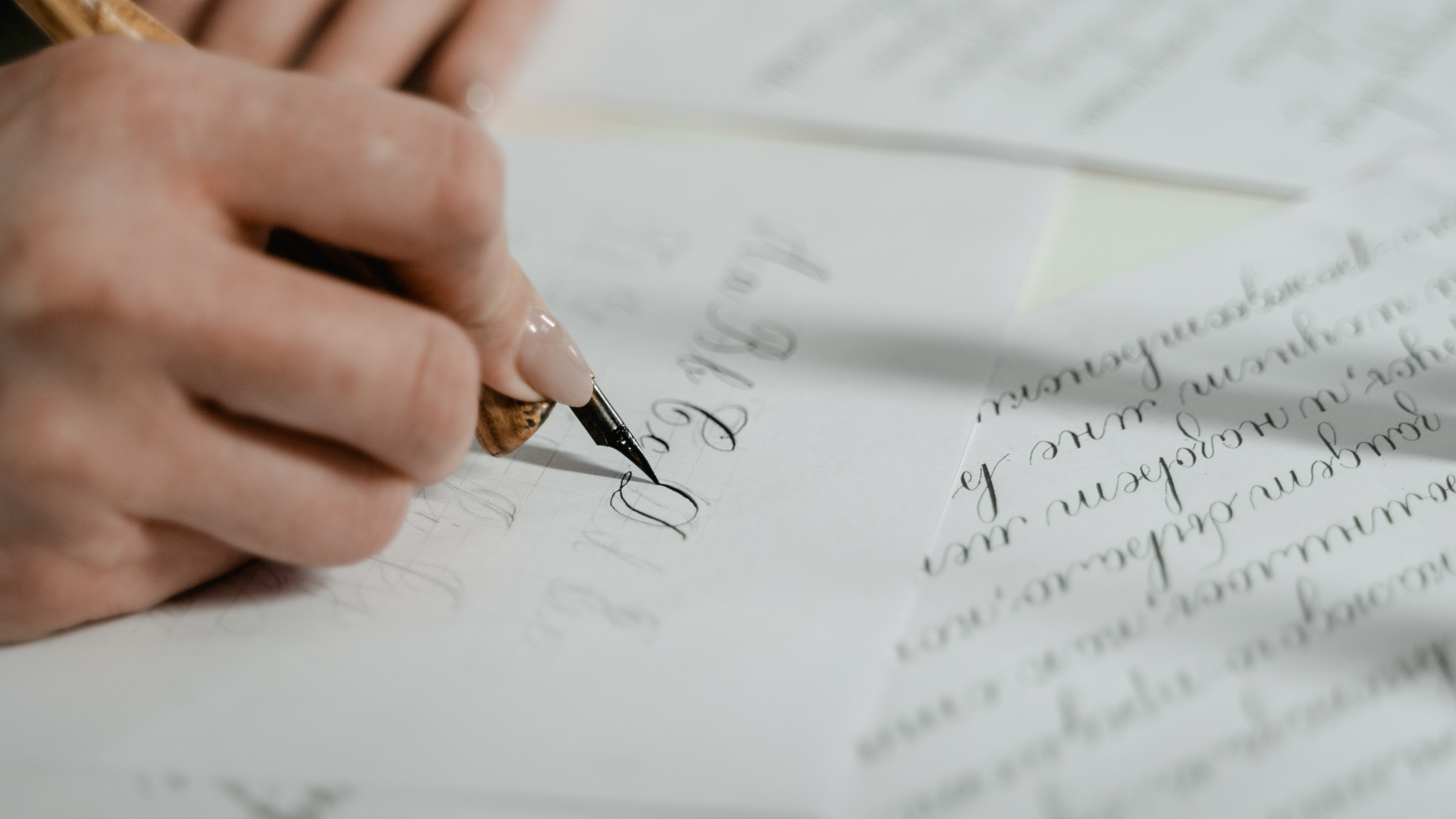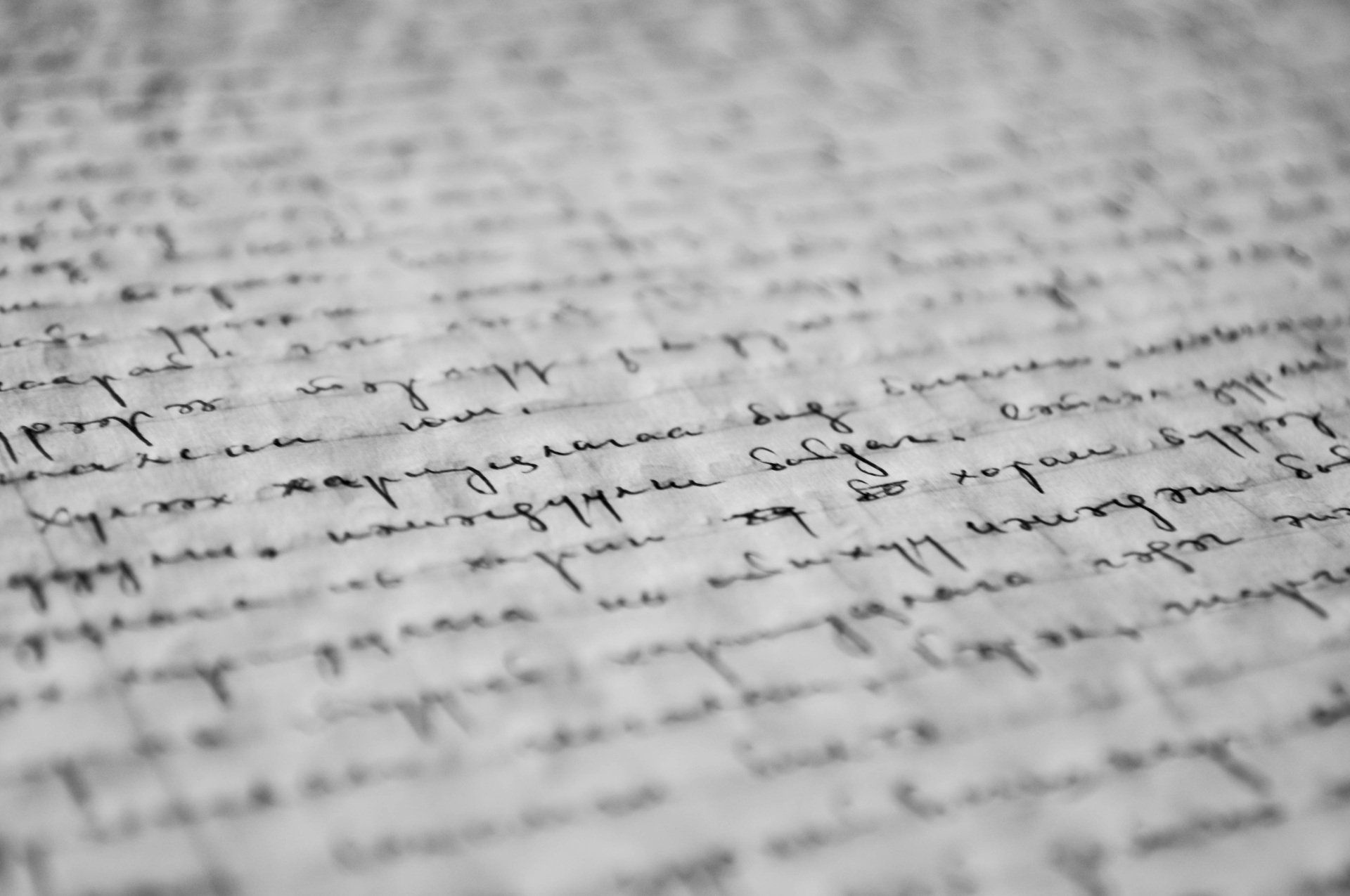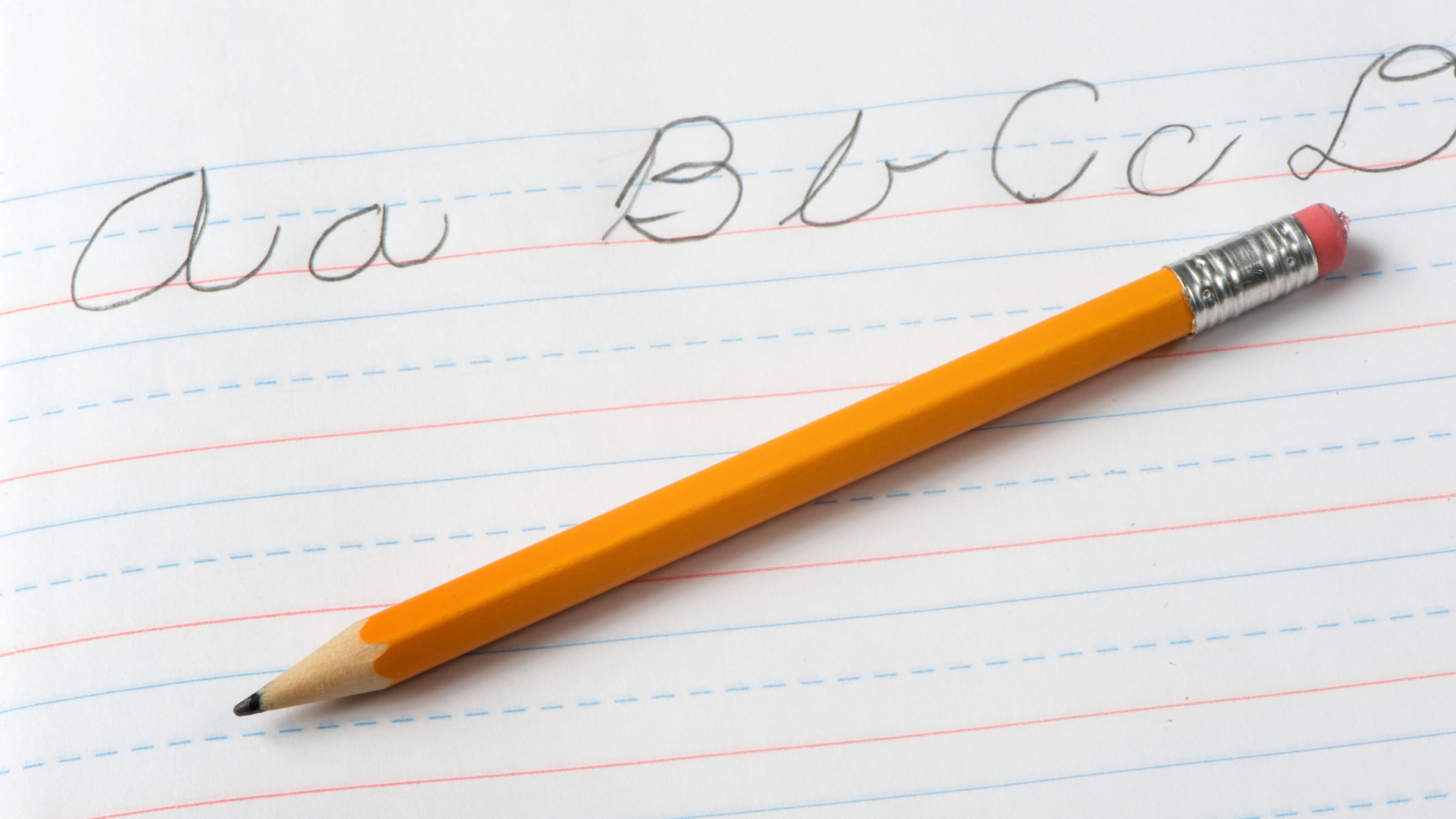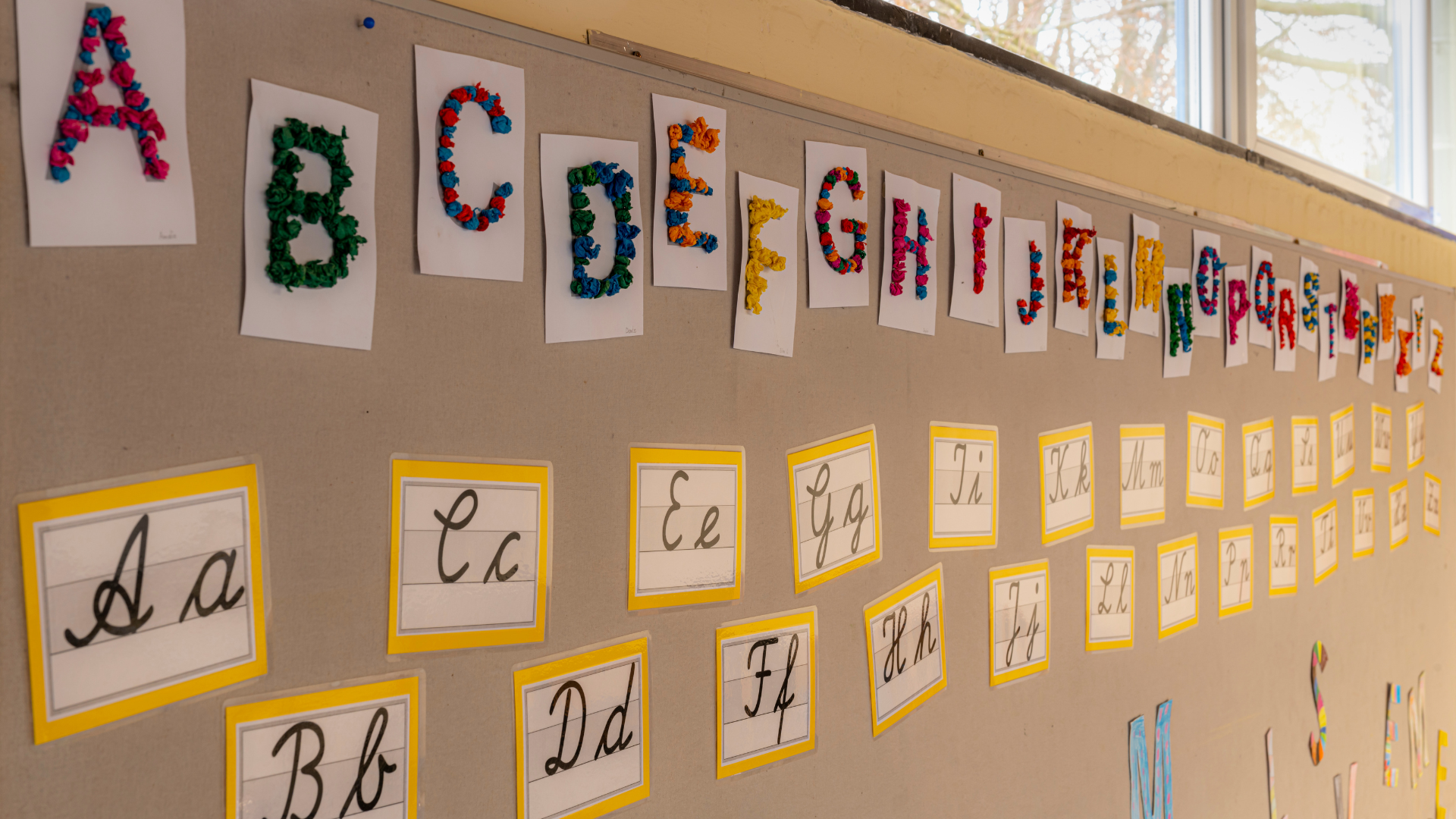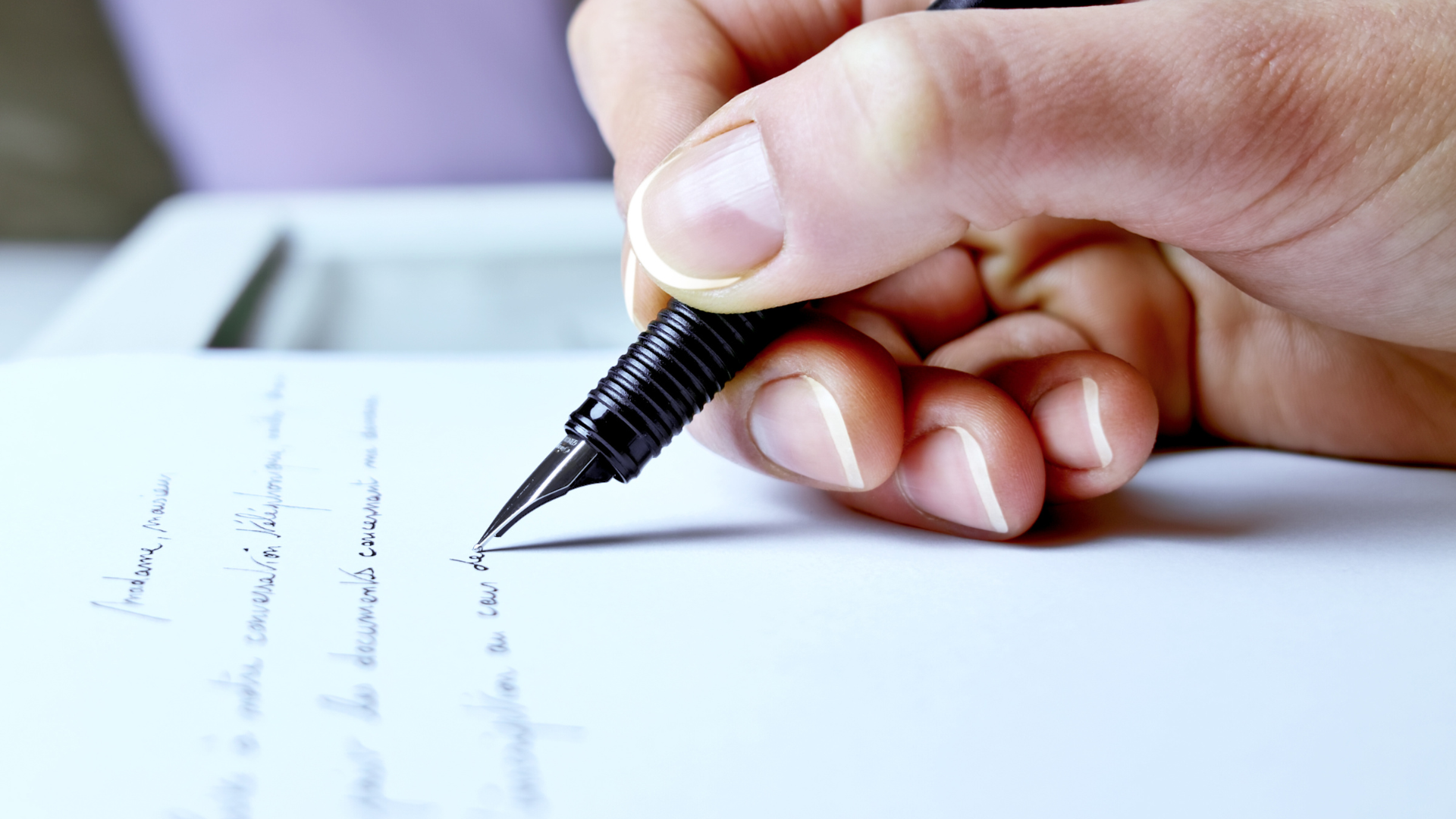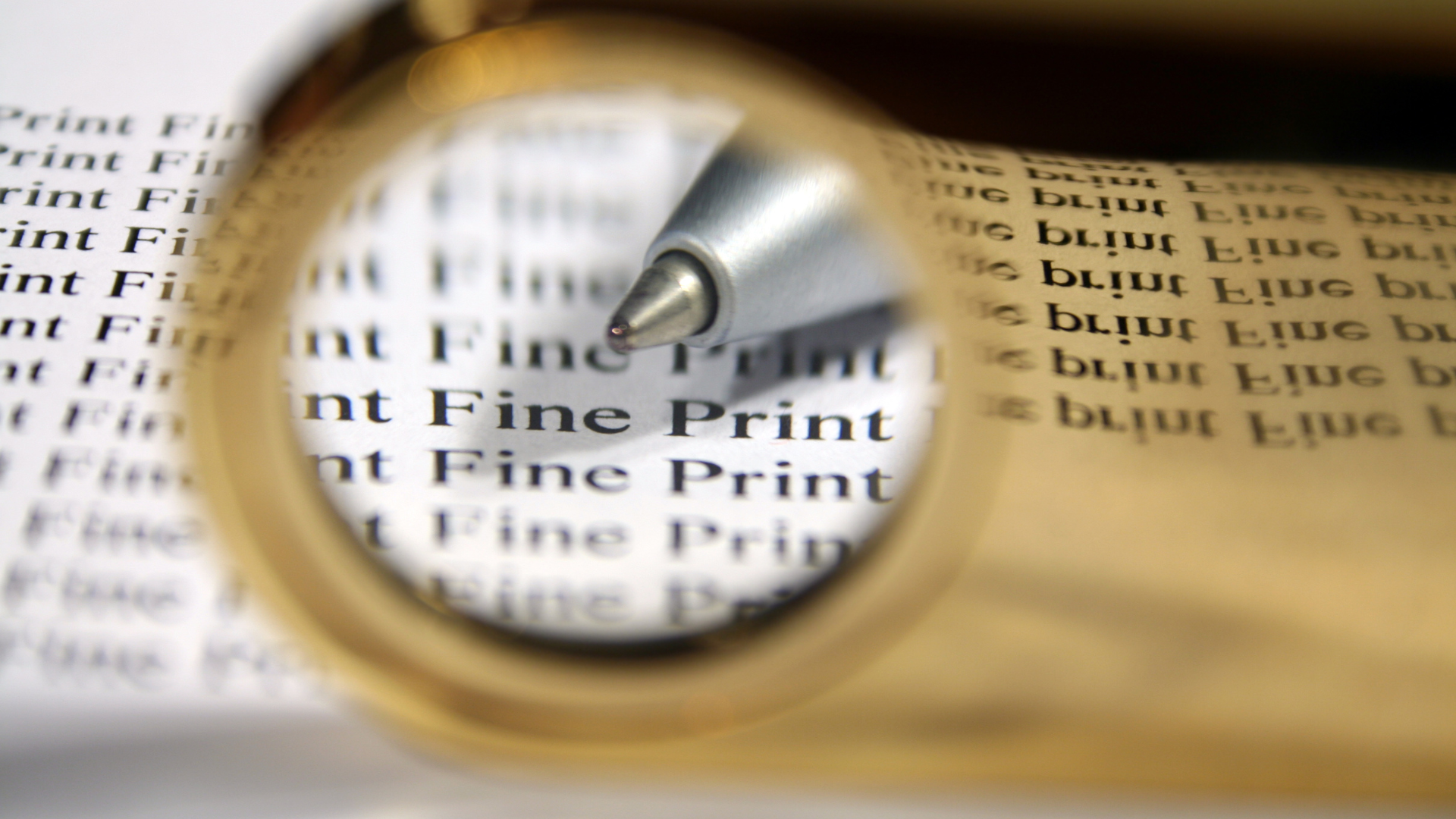By Linda Spencer, MS
•
June 13, 2014
Thanks to the discovery of neuroplasticity we now know that groups of neurons in the brain create new connections and pathways among themselves every time we acquire a new skill. Before we discard cursive handwriting as no longer necessary we need to examine what research is indicating regarding cursive and the affect it has on the brain. Dr. Frank R. Wilson, a leading neurologist, published a remarkable book which was nominated for a Pulitzer prize, The Hand: How its Use Shapes the Brain, Language and Human Culture (New York: Pantheon Books, 1998) He describes in detail the pivotal role of hand movements in particular in the development of thinking and language capacities, and in developing deep feelings of confidence and interest in the world-all-together, “the essential prerequisites for the emergence of the capable and caring individual.” He explains that although the repetitive drills that are necessary for cursive handwriting lessons seem outdated, such physical instruction will help students to succeed. He says you can’t separate what’s in the mind from what’s in the body and that teachers should not try to “educate the mind by itself or much of the knowledge will be poorly processed and inadequately learned.” Karen Harman-James, assistant professor psychology and neuroscience at Indiana University conducted research using handwriting and keyboarding and MRI scans of children’s brains. Her research which was conducted in 2012 revealed that in the children who had practiced printing by hand, the neural activity was far more enhanced and “adult like” than in those who had simply looked at the letter. She said that, “It seems that there is something really important about manually manipulating and drawing out two dimensional things we see all the time.”

